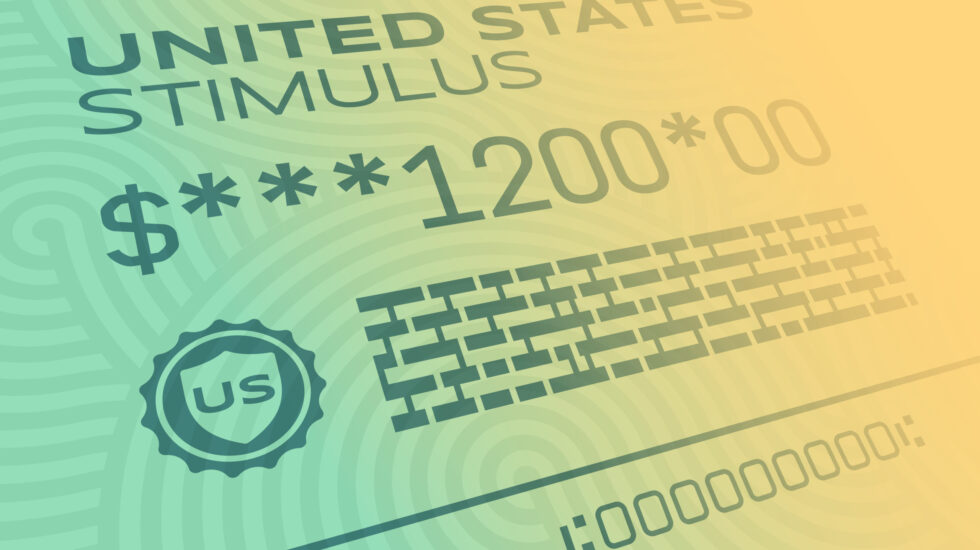Fewer American families are living in poverty because of the massive government financial relief effort that countered the devastating economic impact of the pandemic.
The Census Bureau on Tuesday released the most definitive evidence yet that poverty fell because of the federal stimulus bills. The new data showed 9.1 percent of Americans lived below the poverty line in 2020, which is significantly below the 11.8 percent from 2019. The decline puts the number of impoverished Americans at its lowest since 1967, according to calculations from researchers at Columbia University. The number is based on a measure that takes into account the impact of government programs.
The official measure of poverty, which leaves out some major government aid programs, rose to 11.4 percent of the population.
The new Census information is sure to stoke further debate in Washington about President Biden’s efforts to expand the social safety net beyond the pandemic. The $3.5 trillion plan the Democrats are currently working on could include paid family and medical leave, government-supported child care and a permanent expansion of the Child Tax Credit.
Liberals say the success of relief programs that helped lower-income families proved that such policies should be expanded and made permanent. Conservatives counter that those programs are ballooning federal debt while also discouraging people from going back to work.
Congress managed to keep poverty in line during the last 18 months by expanding unemployment benefits and food aid, giving out hundreds of billions of dollars to small businesses, and sending direct checks to most Americans. The Census Bureau estimated that those direct stimulus checks alone helped lift 11.7 million people out of poverty in 2020. Christopher Wimer, a co-director of the Center on Poverty and Social Policy at the Columbia University School of Social Work, told the New York Times said the data proves the stimulus packages did their job.
“It all points toward the historic income support that was delivered in response to the pandemic and how successful it was at blunting what could have been a historic rise in poverty.”
Christopher Wimer, Center on Poverty and Social Policy, Columbia Univ.
The numbers look even better if you compare them to the last recession. The number of U.S. citizens in poverty rose as high as 16.1 percent in 2011. Many economists have argued that the federal government did not do enough back then to help needy families, and scaled back the aid it did provide much too quickly.
The news was not all encouraging, however.
The median household income in America fell last year to 2.9 percent. Adjusted for inflation that comes out to about $68,000. That figure includes unemployment benefits but not stimulus checks or noncash benefits such as food stamps. The drop reflects the pandemic’s drastic impact on jobs in 2020; nearly 14 million fewer people worked full time year-round compared with the previous year.
The government defines poverty as an income level below roughly $30,000 for a family of four. The exact threshold varies depending on family size, homeownership status and regional housing costs.
The decline in poverty last year was broad, affecting all racial and ethnic groups, all family types, and Americans at every age and education level.
The Times writes:
But government programs excluded some groups, such as undocumented immigrants and their families, and failed to reach others. Poverty was significantly higher than the overall average for Black and Hispanic Americans, foreign-born residents and those without college educations. Millions of people waited weeks or months to receive benefits, forcing many to turn to charities.
“We measure poverty annually, when the reality of poverty is faced on a day-to-day-to-day basis,” said Hilary Hoynes, an economist at the University of California, Berkeley, who has studied the government’s response to the pandemic.



